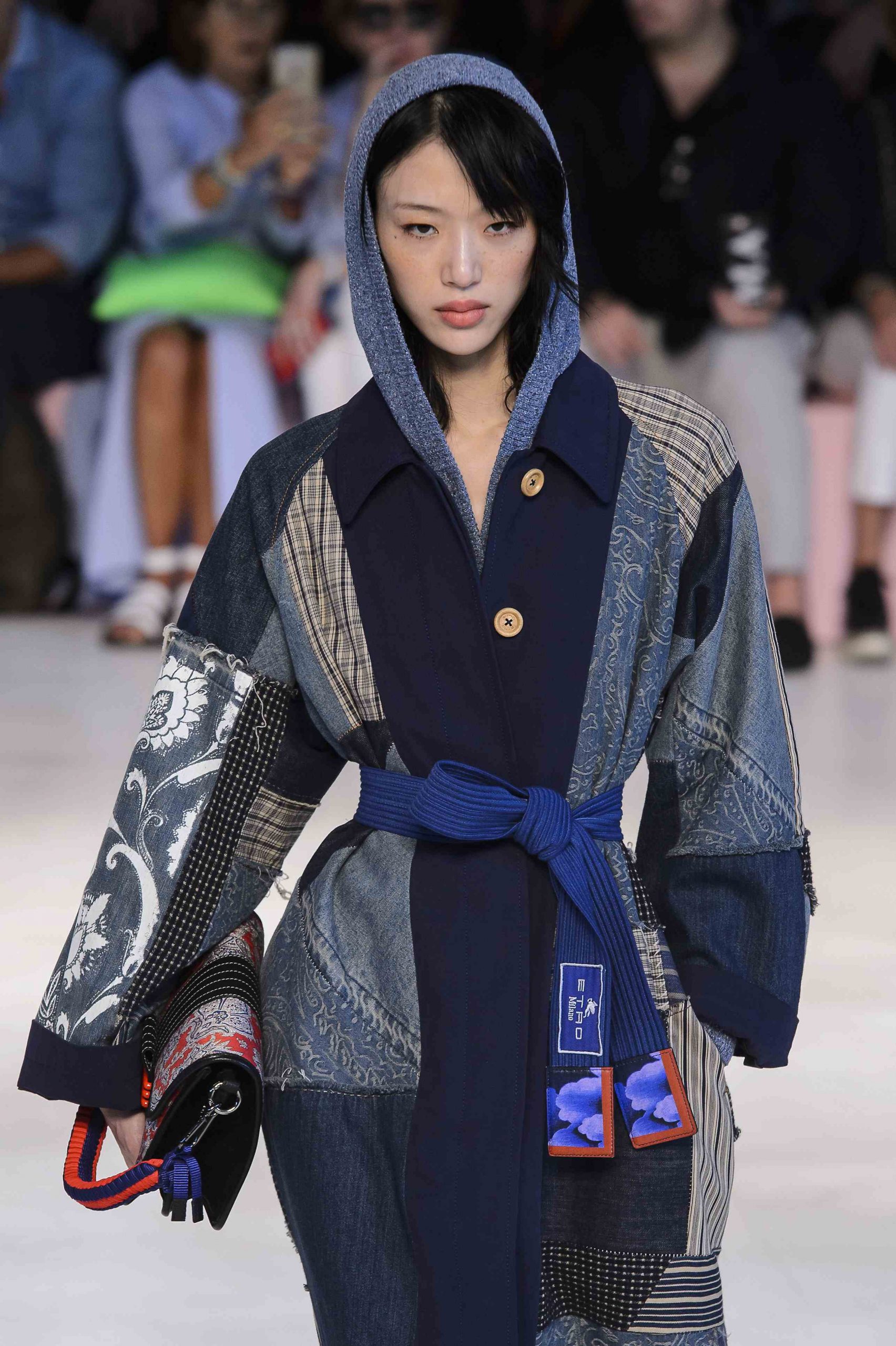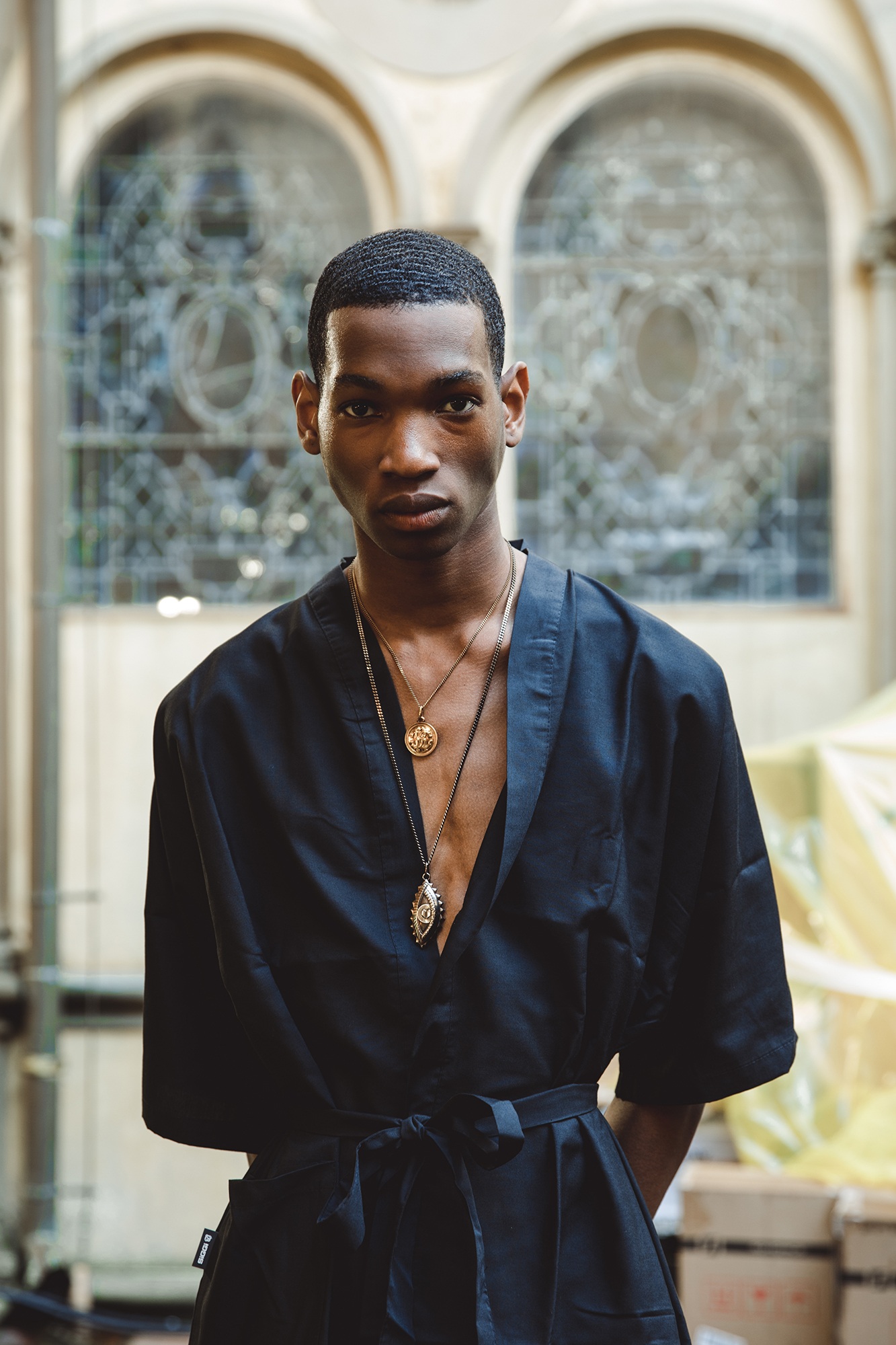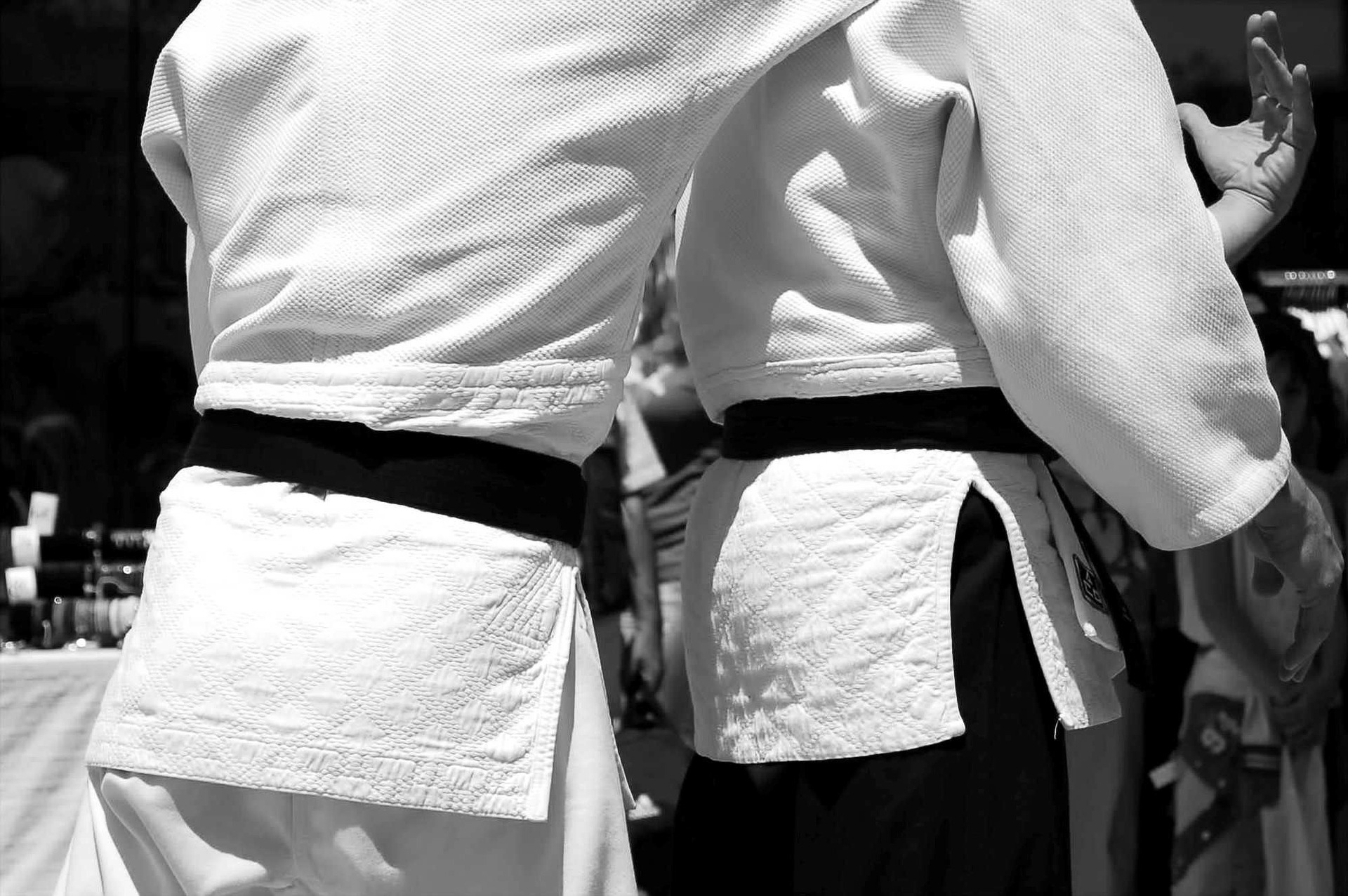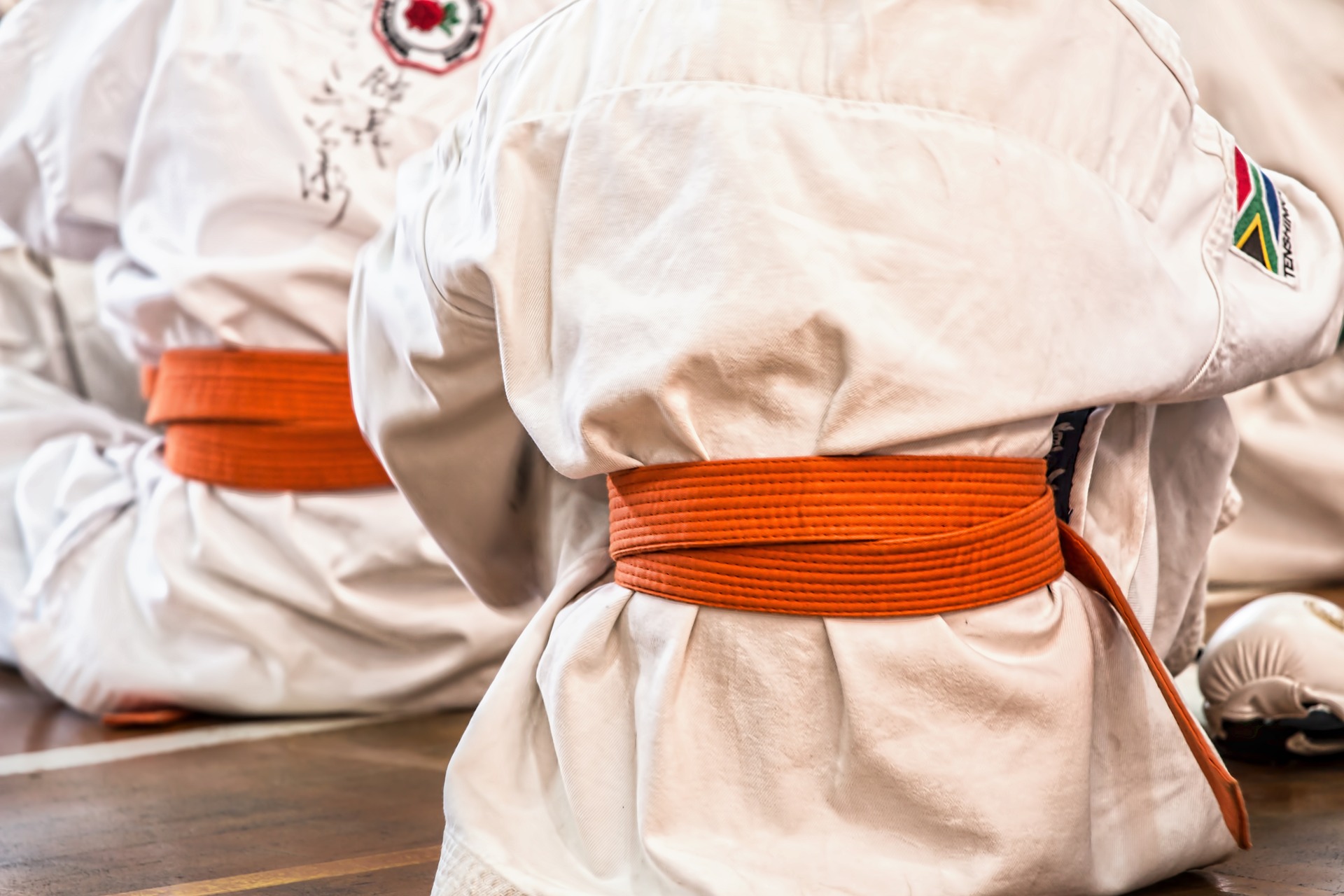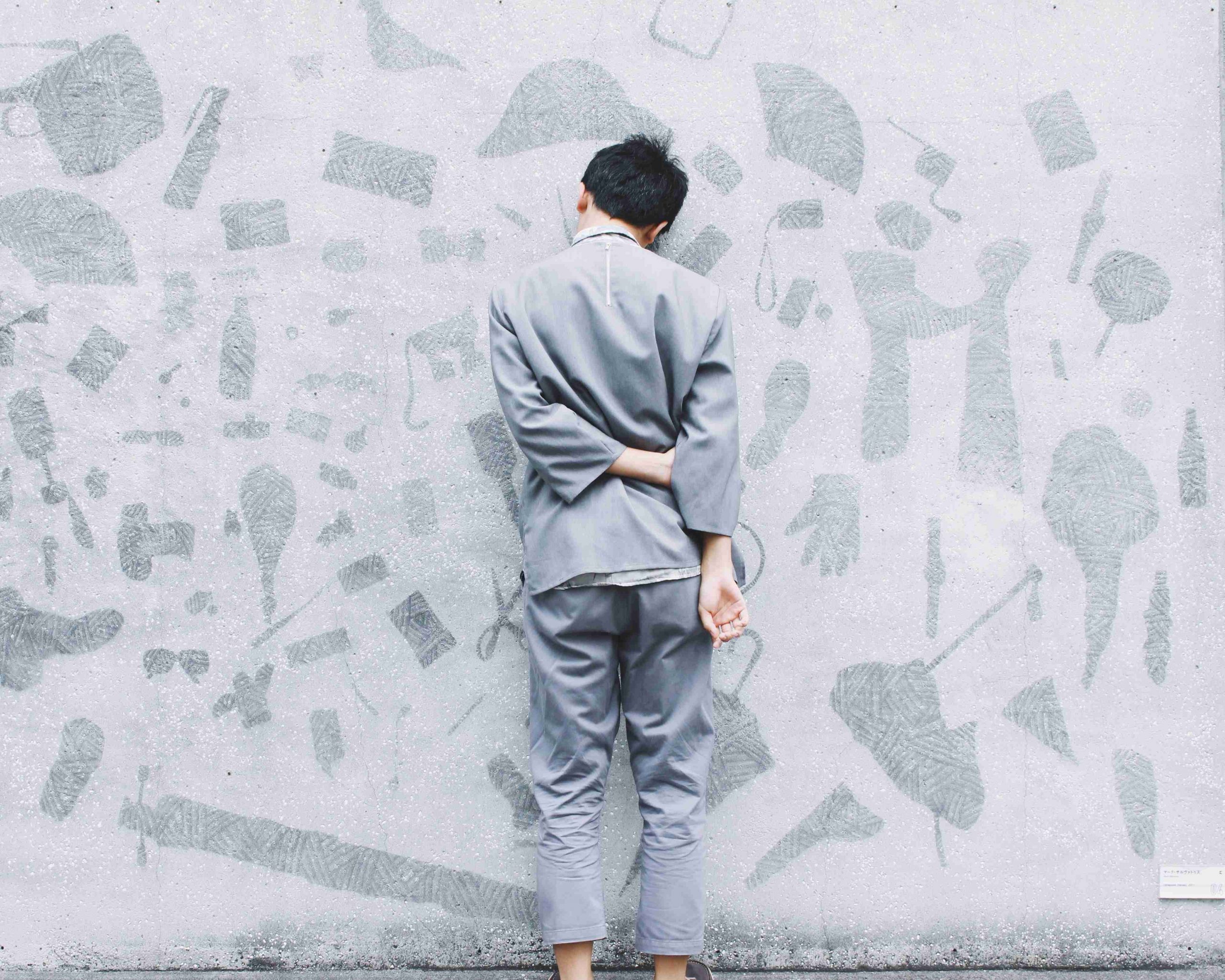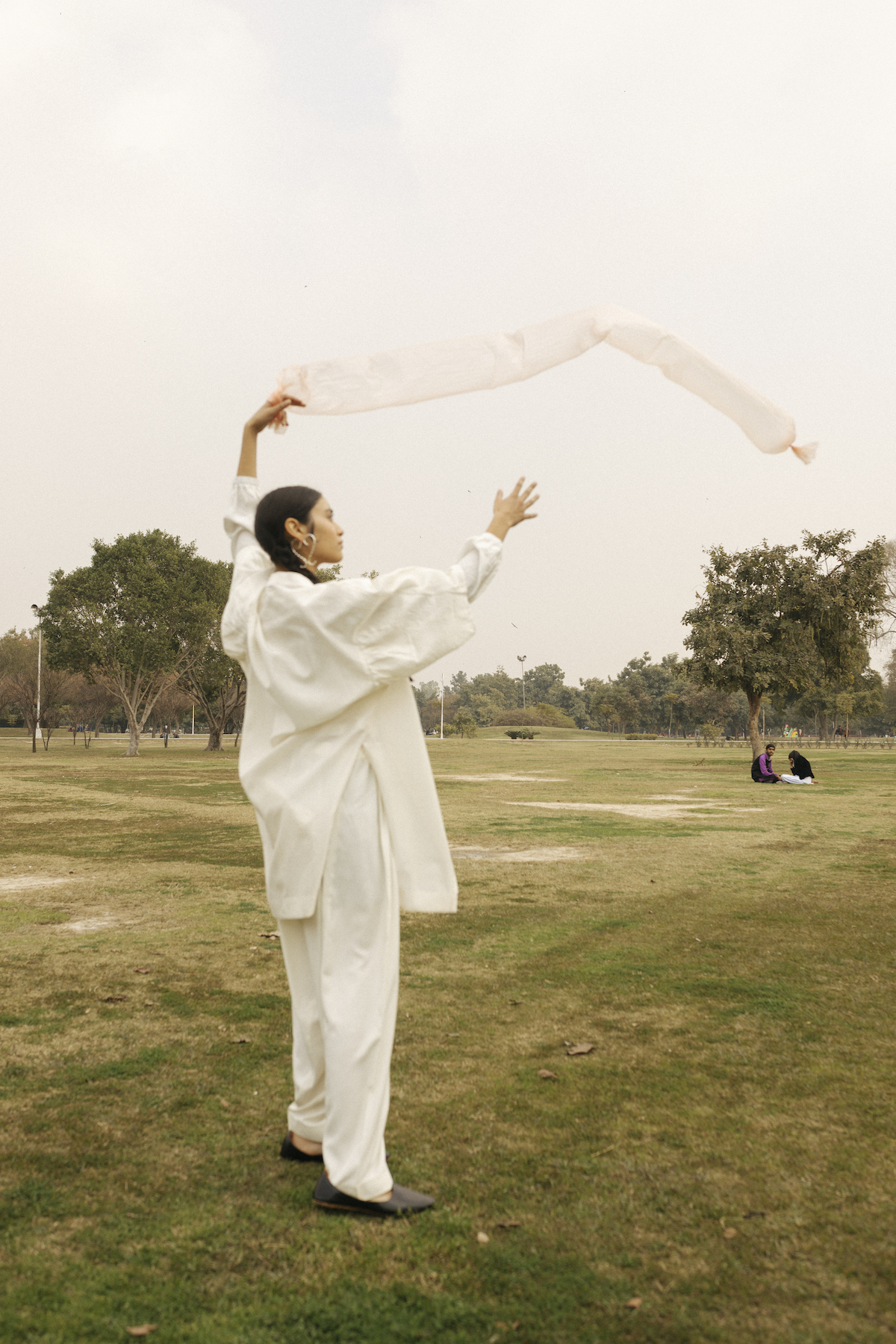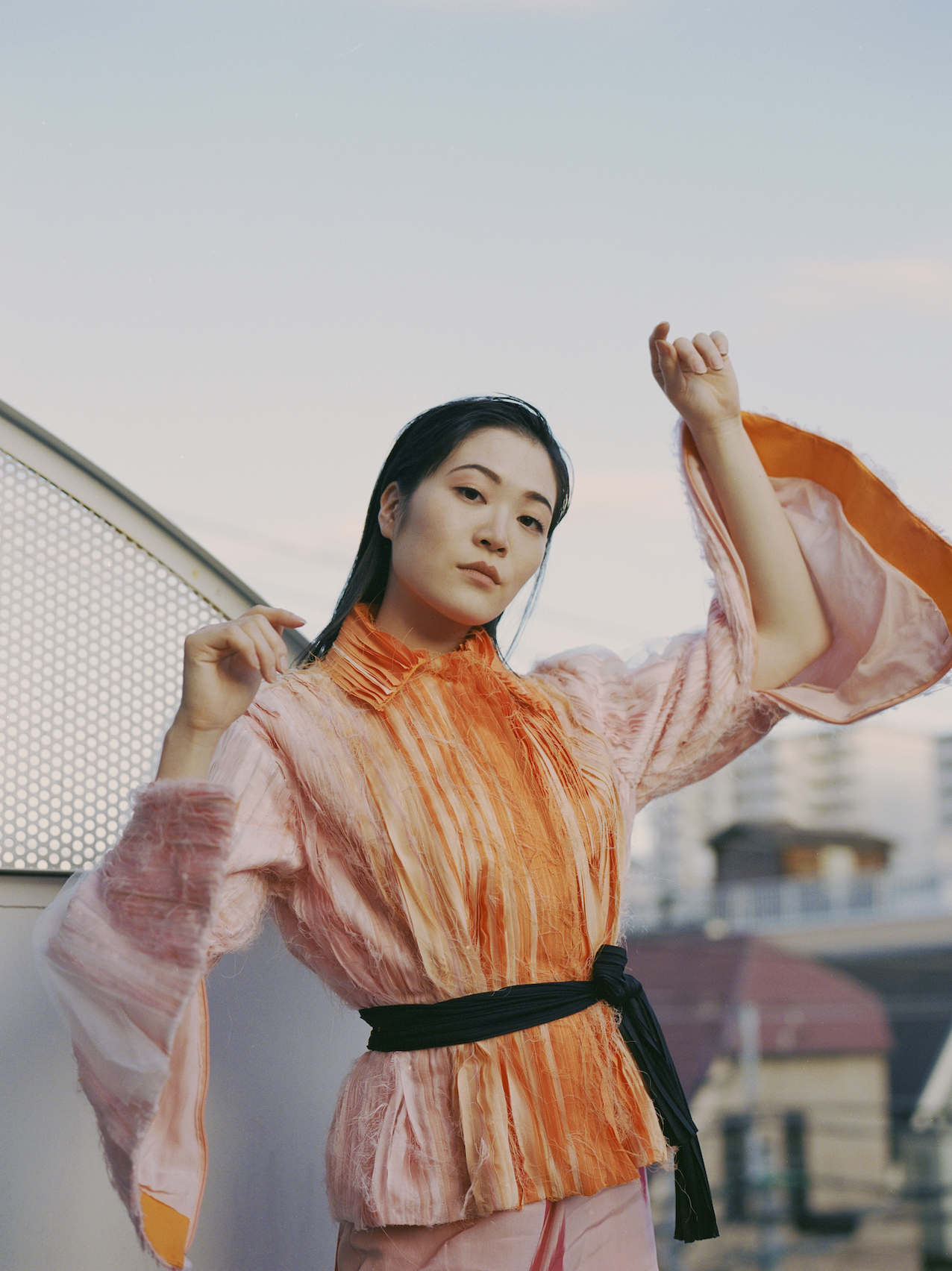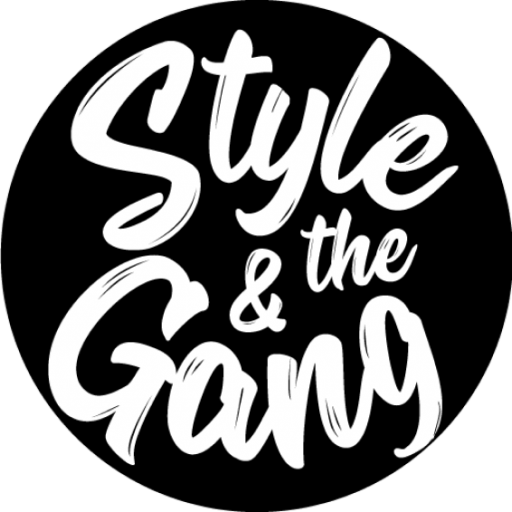
TRENDSPOT
Made in Japan
It is always nice to observe when trends change and deviate from a traditional way of presenting that is often no longer up to date. We all know the clichéd picture we have of Asian fashion and also the interpretations that come around when they land on the German market. Shiny fabrics, multi-colored patterns and silhouettes, which are more reminiscent of bathrobes and pajamas, are often a bit ‚too much‘ and often seem exotic, but not really modern and fashionable. There is a kind of tradition in the processing of Asian influences in German fashion, especially the kimono inspired us a long time ago, especially in women’s fashion, for example, ‚kimono sleeves‘ were very popular at the beginning of the 20th century. This term has already firmly established itself in the fashionable vocabulary as a technical term. But even the kimono is no longer an everyday item of clothing in Japan, so it is only logical to correct the picture in Europe and adapt it to our times. The kimono as a bound denim jacket in a patchwork look (the technology is also very closely linked to Asian culture) is an innovation with street credibility and deviates completely from the flowing high-gloss coat that was otherwise popular. The mixture of new haptics and modified traditional optics is often taken up. Wrapping optics are also an element that we have often seen among designers – but more closed than before and also here with solid and robust and urban materials. Traditional closure techniques are still used, but implemented on modern dresses and jackets, which then create a cool break in style. The association with Asia remains, but the look is still modern. Solid, wide kimono belts, which we also know from martial arts, will be used everywhere in summer 2019, as well as edged edges.
Es ist immer schön zu beobachten, wenn sich Trends wandeln und von einer traditionellen Darstellungsweise abweichen, die auch häufig nicht mehr zeitgemäß ist. Wir kennen alle das klischeehafte Bild, das wir von asiatischer Mode haben und auch die Interpretationen, die dann dabei rumkommen, wenn sie auf dem deutschen Markt landen. Glänzende Stoffe, vielfarbige Musterungen und Silhouetten, die eher an Bademäntel und Pyjamas erinnern, sind häufig etwas ‚too much‘ und wirken häufig zwar exotisch, aber nicht wirklich modern und modisch. Es gibt durchaus eine Art Tradition in der Verarbeitung asiatischer Einflüsse in der deutschen Mode, vor allem der Kimono hat uns schon vor langer Zeit inspiriert, speziell in der Frauenmode waren beispielsweise Anfang des 20. Jahrhunderts ‚Kimonoärmel‘ sehr angesagt. Dieser Begriff hat sich ohnehin fest im modischen Vokabular als Fachbegriff etabliert. Doch selbst der Kimono ist heute in Japan kein alltägliches Kleidungsstück mehr, in diesem Zuge ist es nur folgerichtig das Bild auch in Europa zu korrigieren und unserer Zeit anzupassen. Der Kimono als gebundene Denim-Jacke in Patchwork-Optik (die Technik ist ebenfalls sehr eng mit der asiatischen Kultur verbunden) ist durchaus eine Neuerung mit street-credibility und weicht komplett von dem fließenden Hochglanz-Mantel ab, der sonst gerne gezeigt wurde. Die Mischung aus neuen Haptiken und modifiziert traditionellen Optiken wird häufig aufgegriffen. Wickeloptiken sind ebenfalls ein Element, das wir häufig bei den Designern gesehen haben – allerdings höher geschlossen als bisher und auch hier mit festen und robusteren und urbanen Materialien. Traditionelle Verschlusstechniken werden weiterhin aufgegriffen, aber auf modernen Kleidern und Jacken umgesetzt, die dann einen coolen Stilbruch erzeugen. Die Assoziation mit Asien bleibt, aber der Look ist dennoch modern. Feste, breite Kimonogürtel, die wir auch aus dem Kampfsport kennen, kommen im Sommer 2019 überall zum Einsatz, ebenso wie eingefasste Kanten.

